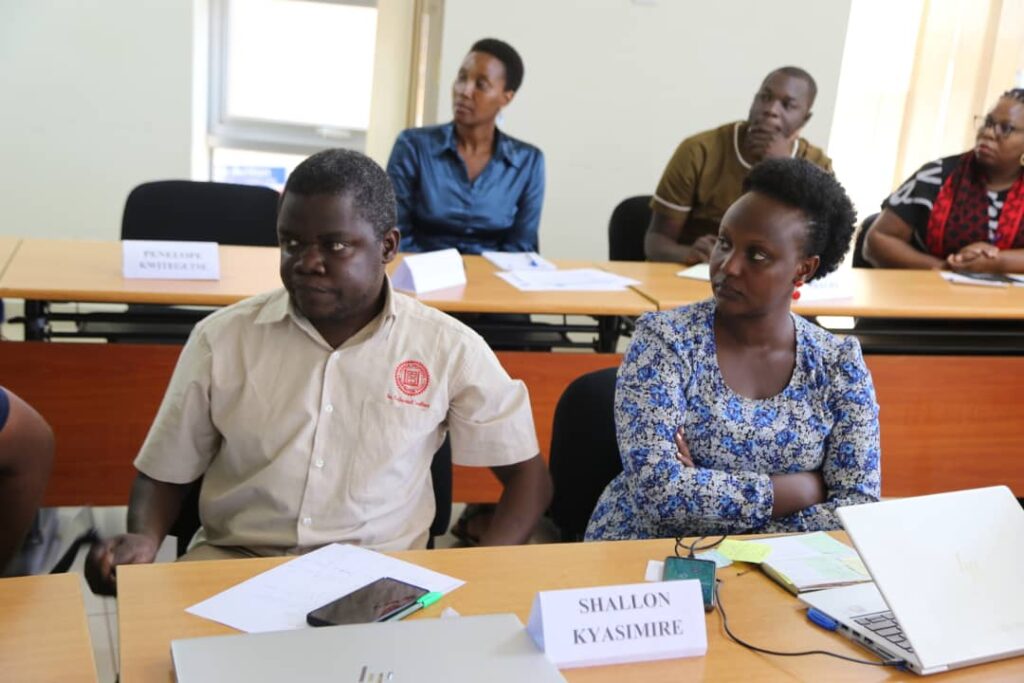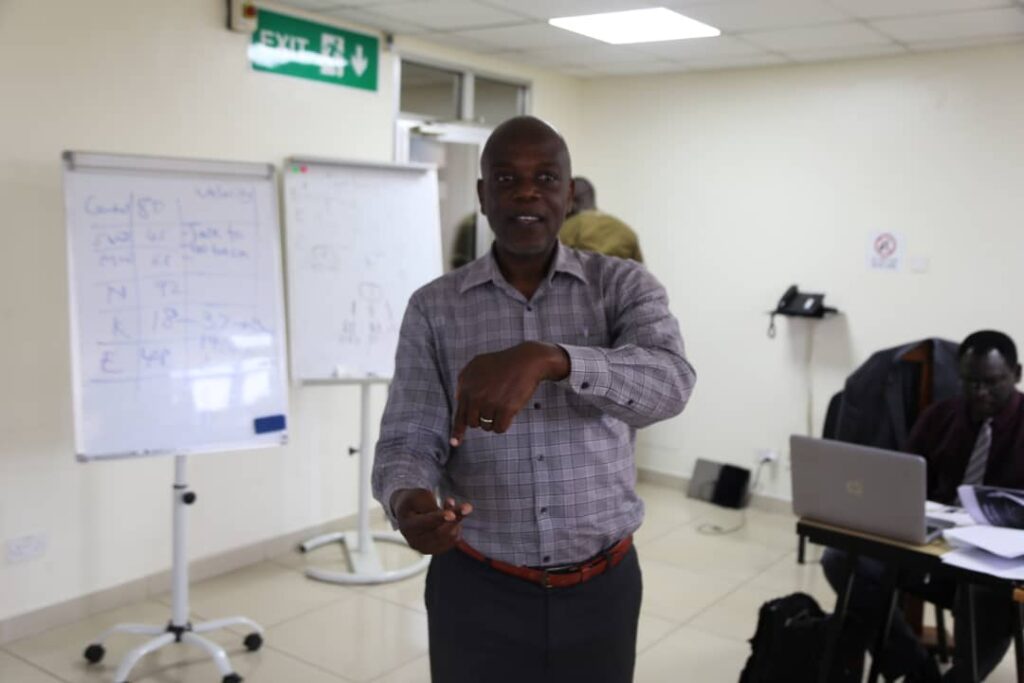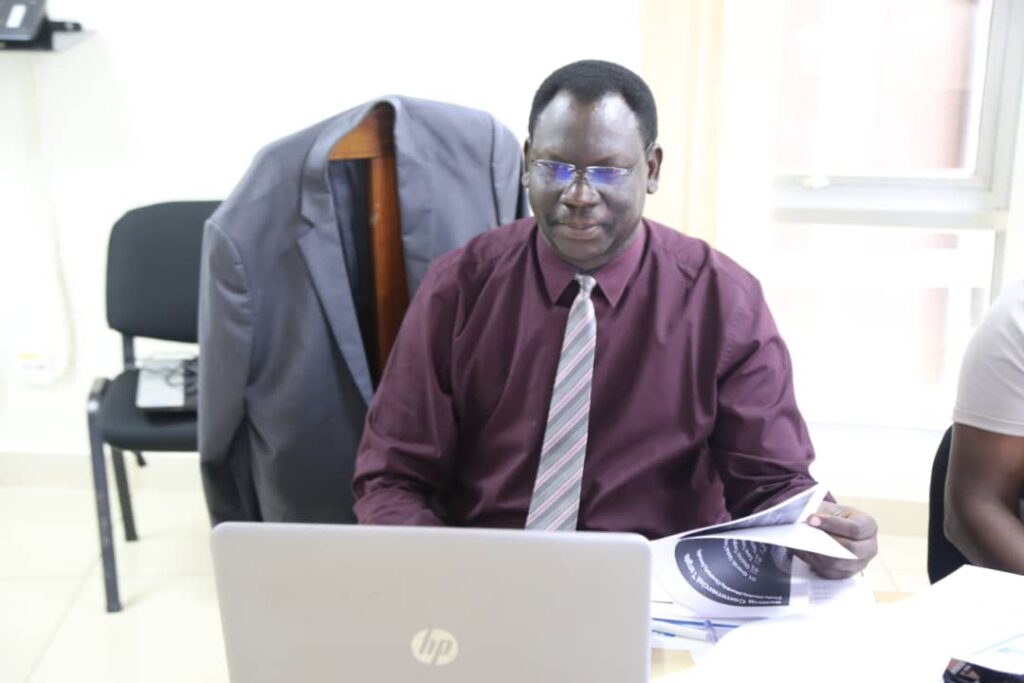
In a proactive endeavor to fortify Uganda’s water services, the National Water and Sewerage Corporation (NWSC) through its External Services Department took on the task of sharing invaluable insights into commercial and customer relationship management with the Umbrella Authorities (UAs) under the Ministry of Water and Environment (MWE). This collaboration is aimed at enhancing customer engagement, enriching the overall customer experience, optimizing data collection and analysis, and streamlining operational efficiency. The ultimate goal? Securing revenue growth and ensuring the long-term sustainability of utility services.
As regional utilities in Uganda, the UAs are instrumental in providing clean water to small and rural growth centers across the country. With regional head offices spanning Lira, Kabale, Kyenjonjo, Mbale, Moroto, and Wakiso, and their operational reach is deeply rooted in district-based demarcations. However, the striking diversity within their water schemes poses both challenges and opportunities for UAs.
These schemes differ substantially in terms of size, technology, configuration, energy sources, and organizational structure. This diversity presents UAs with a multitude of operational challenges and opportunities, each demanding a tailored approach to customer relationship management (CRM).
With varying degrees of CRM maturity, customer experiences among these authorities differ significantly. The transition of UAs from primarily technical support entities into fully-fledged utilities is driven by ongoing reforms aimed at improving performance standards. Their services predominantly cater to domestic customers, extending to yard taps and Public Standpipes (PSPs). The characteristics of the schemes they inherit are diverse, including metered and unmetered connections.


Notably, the Ministry of Water and Environment guides tariff structures, while service reliability varies widely due to local conditions such as power availability, equipment breakdowns, and technology variations.
In their efforts to engage with customers, UAs employ various communication methods, from radio broadcasts to community influencers, door-to-door outreach, and community meetings. Digital payments are preferred, but a significant portion of customers relies on cash payments, posing security and fraud risks, with typically a single attendant handling multiple tasks.
Arrears have been steadily growing, partly due to the absence of a clear arrears management policy and the diverse collection histories of inherited schemes. The approach to handling debts varies among UAs, leading to challenges in tracking and managing arrears. Some UAs face political and church interference in managing their schemes, which can discourage customers from paying for water services.
Additionally, some regions exhibit a low willingness to pay, particularly due to complex historical backgrounds. While some UAs maintain customer complaint logs, others do not. The effectiveness of resolving complaints is not consistently documented. A few UAs in the East and North regions operate call centers, providing valuable lessons in customer service. Maintaining clean customer databases and effective meter management remain ongoing challenges. Issues range from poor-quality meters to decommissioned meters that remain in the field, creating operational gaps.
It is therefore in order to acknowledge the fact that NWSC’s call to sharing best practices in commercial and customer relationship management with UAs is a significant stride toward enhancing water service provision in Uganda’s small and growing towns. By addressing the unique challenges and opportunities faced by these regional utilities, NWSC is empowering them to drive revenue growth, ensure service sustainability, and ultimately improve the lives of the communities they serve. This collaboration without a doubt marks a promising future for these utilities, as they work together to provide reliable and accessible water services for all.



